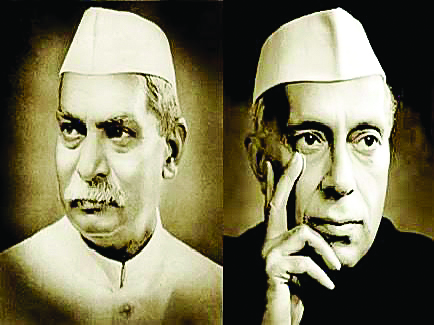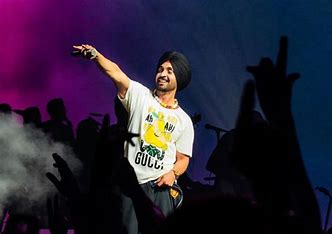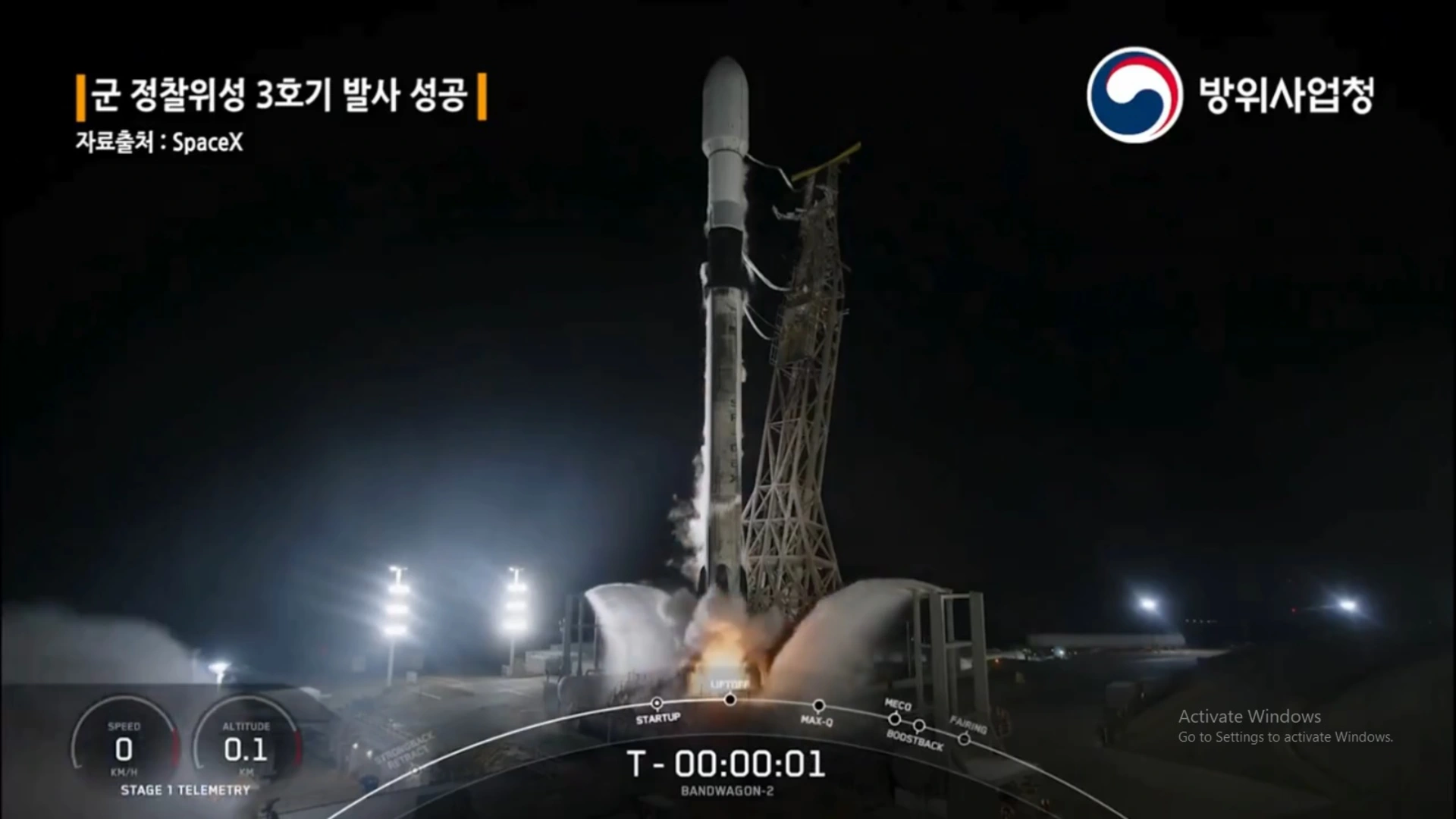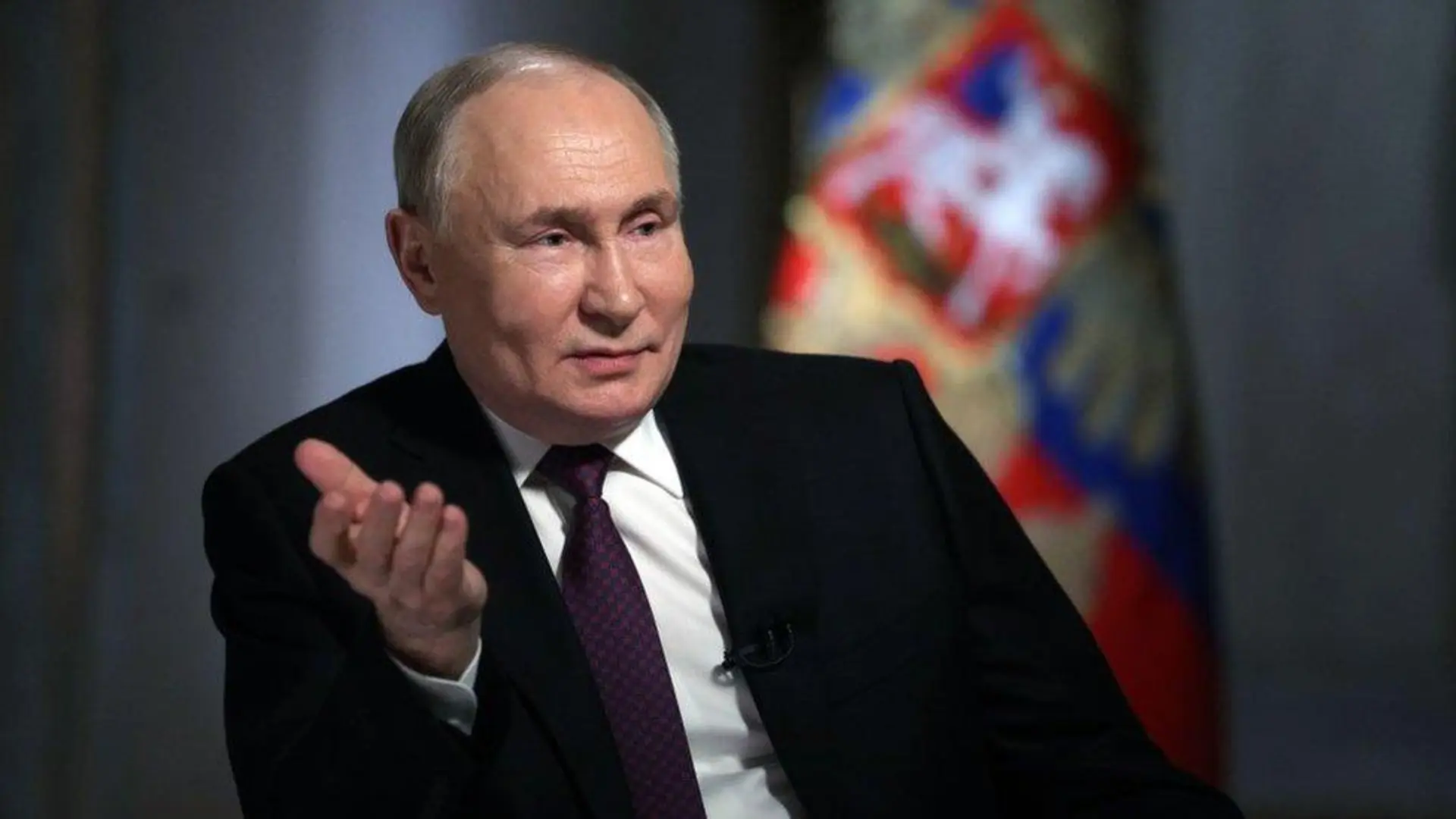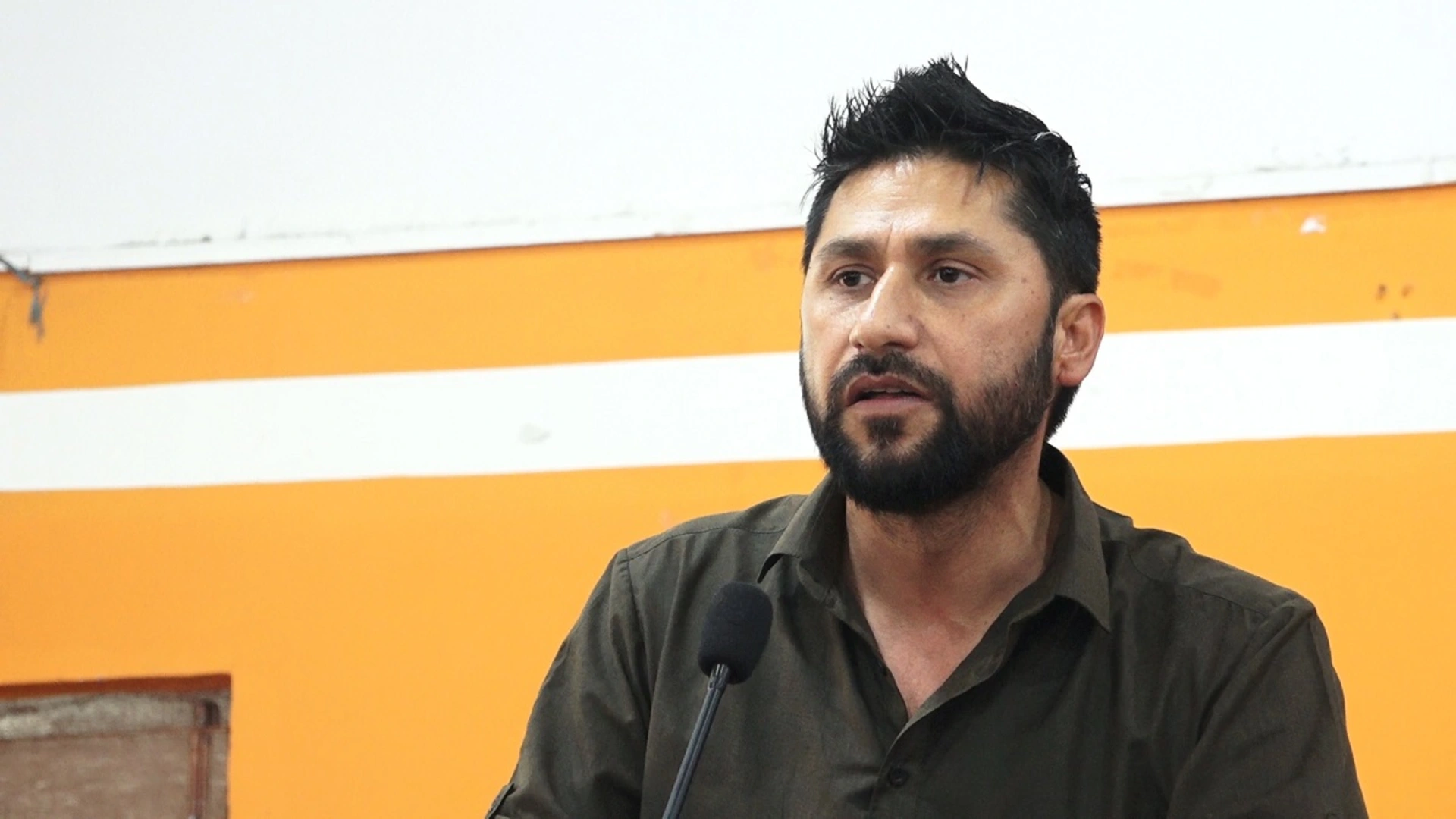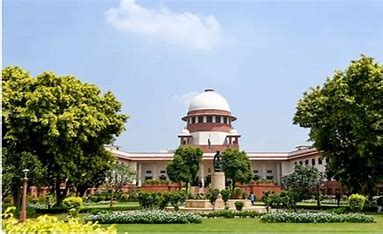There are some instances in the history of Indian politics that highlight the dynamic nature of our democracy, where the Prime Minister and key leaders in the opposition play pivotal roles in shaping legislative debates and influencing public opinion. The confrontations often reflect the diverse political ideologies and agendas within the Indian Parliament.
The confrontations between India’s Prime Ministers and the Opposition leaders in the Lok Sabha have been a significant part of the country’s parliamentary history. These interactions often reflect the political tensions and debates within India’s democratic framework. Confrontations between India’s Prime Ministers and the Opposition leaders in the Lok Sabha typically arise due to several reasons, often stemming from political disagreements, policy issues, or broader governance challenges.
The history of confrontations between India’s Prime Ministers and Opposition leaders in the Lok Sabha underscores the vibrancy of Indian democracy. These interactions play a crucial role in shaping public discourse, influencing policy decisions, and upholding democratic values in the country.
Here are a few notable instances:
Nehru vs Rajendra Prasad: Jawaharlal Nehru, India’s first Prime Minister, faced strong opposition from leaders like Rajendra Prasad, who later became the President of India. Their debates often revolved around issues of national importance, including economic policies and foreign relations. One of the major reasons for the political differences between Dr Rajendra Prasad and Pandit Jawaharlal Nehru was the attitude of both of them towards the significance of religion in the society. Nehru favoured modern socialism, he believed that attitude towards religion was the main reason for India’s situation. The major public confrontations between Nehru and Prasad started with the Hindu code bills. Dr Bhimrao Ambedkar presented the draft in October 1947 in the Constituent Assembly and Nehru supported him. Under this, a rule code for all Hindus was to be created.
The debate on the code bill spread to outside religious leaders and conservative social workers who opposed it vigorously. Nehru noticed the controversy surrounding the bill but at the time when constitution was to be filled with the Hindu code bill, Nehru took a tough stand on it. He was firm on getting the bill passed even if he had to take all the blame on him and tackle the objections surrounding it.
Furious with Nehru’s attitude, Rajendra Prasad wrote a letter to him. In the letter, he described Nehru as unjust and undemocratic. Prasad shared the letter with Sardar Vallabhbhai Patel before sending it to Nehru. Patel took the letter and suggested him not to act angrily. He advised him to raise his disagreement in party’s forum.
Because it was already September 1949. Not only constitution was going to be completed but presidential elections were to be held right after that. Patel wanted Rajendra Prasad to be the President. Nehru, at that time, favored then Governor General Rajagopalachari, for the post. Patel and Prasad had a strong hold on the organisation, even more than Nehru.
But Patel did not want any direct confrontation with Nehru before the elections. After all, Nehru was the face of Congress and the most popular leader among the people. Patel’s strategy was successful and the Congress chose Rajendra Prasad as the President of India.
Indira Gandhi vs Atal Bihari Vajpayee: During the tenure of Prime Minister Indira Gandhi, Atal Bihari Vajpayee emerged as a prominent leader of the Opposition. Their debates were intense, particularly during the period of the Emergency (1975-1977), when political freedoms were curtailed.
Rajiv Gandhi vs L.K. Advani: L.K. Advani, as the Leader of the Opposition in the late 1980s and early 1990s, engaged in spirited debates with Prime Minister Rajiv Gandhi. These debates often focused on issues such as governance, corruption, and national security.
V.P. Singh vs Rajiv Gandhi: V.P. Singh, as the Prime Minister following the Bofors scandal, faced criticism from leaders of the Opposition, including Rajiv Gandhi. The debates during this period were crucial in shaping public opinion and parliamentary discourse.
Atal Bihari Vajpayee vs Sonia Gandhi: During Atal Bihari Vajpayee’s tenure as Prime Minister, Sonia Gandhi emerged as a prominent leader of the Congress party and the Leader of the Opposition. Their debates often revolved around issues such as economic policies, governance, and communal harmony.
Manmohan Singh vs L.K. Advani: As Prime Minister, Manmohan Singh faced L.K. Advani as the Leader of the Opposition during the UPA government’s tenure. Their debates focused on various contentious issues such as the Indo-US nuclear deal, inflation, and corruption scandals.
Avoiding confrontations between India’s Prime Ministers and the Opposition leaders in the Lok Sabha can be challenging but can be approached through several strategies aimed at fostering constructive dialogue and mutual respect. Both the Prime Minister and the Leader of the Opposition can set a tone of respect and professionalism in parliamentary debates.
Emphasizing the importance of civil discourse and avoiding personal attacks can help reduce confrontations. Encouraging regular dialogues and consultations between the government and opposition outside of parliamentary sessions can build understanding and trust. These interactions can focus on common goals and areas of agreement, fostering a more collaborative approach.
Emphasizing substantive policy discussions rather than political rhetoric can shift the focus from personal or partisan attacks. Clear articulation of policy objectives and rationale can help bridge ideological differences. Encouraging bipartisan or multi-party discussions on key national issues can promote consensus-building. Finding common ground on matters of national interest, such as economic development, security, or social welfare, can reduce confrontational politics.
Upholding the integrity of parliamentary processes, including debate rules and procedures, ensures fairness and reduces the likelihood of confrontations based on procedural disputes. Leaders from both sides can lead by example by demonstrating patience, tolerance, and a willingness to listen to opposing views. This can set a precedent for constructive engagement among other parliamentarians.
Encouraging responsible media reporting and avoiding sensationalism can reduce the escalation of political tensions in public discourse. Leaders can also use media platforms to promote constructive dialogue rather than inflammatory rhetoric. Establishing formal or informal mechanisms for conflict resolution can provide a structured approach to address disagreements. This could include parliamentary committees, bipartisan forums, or mediation by respected individuals or institutions.
Investing in long-term relationship building between leaders of different political parties can create a foundation of mutual respect and understanding, reducing the likelihood of confrontations during times of disagreement. Emphasizing shared commitment to democratic principles, such as accountability, transparency, and the rule of law, can unite leaders across party lines and mitigate confrontational politics. Ultimately, while complete avoidance of confrontations may not always be possible in a vibrant democracy like India’s, these strategies can contribute to a more constructive and cooperative political environment where differences are managed with civility and respect.

